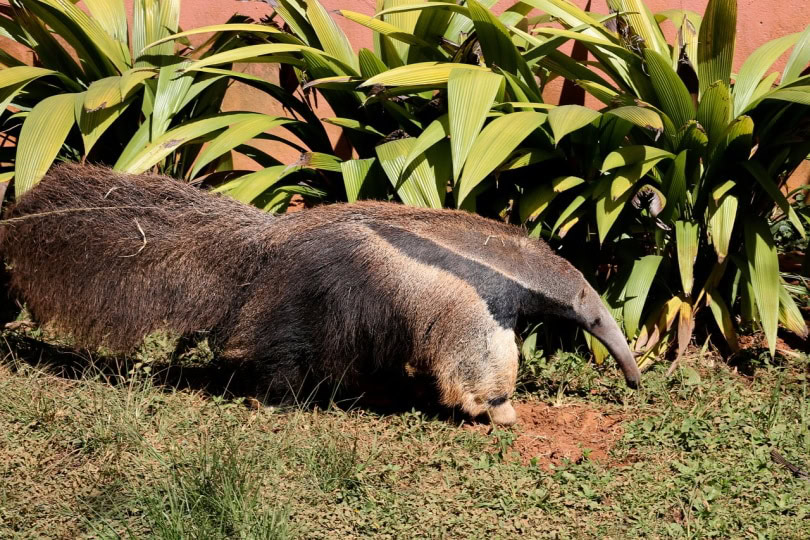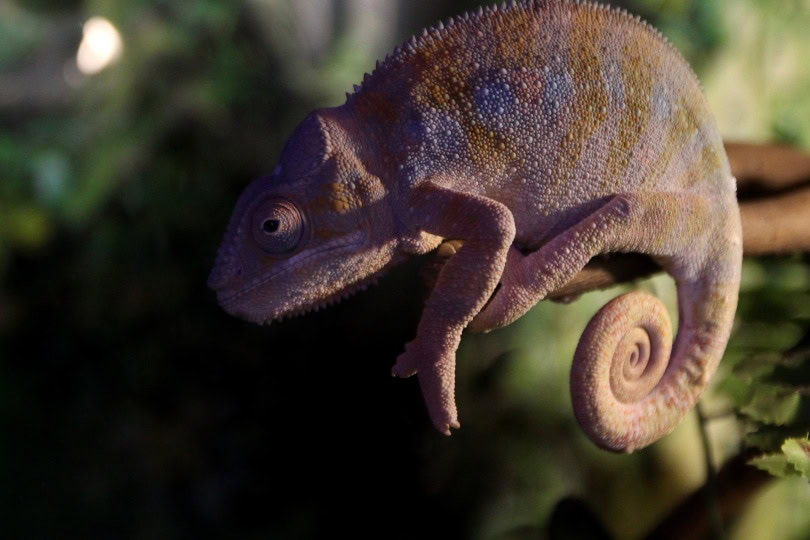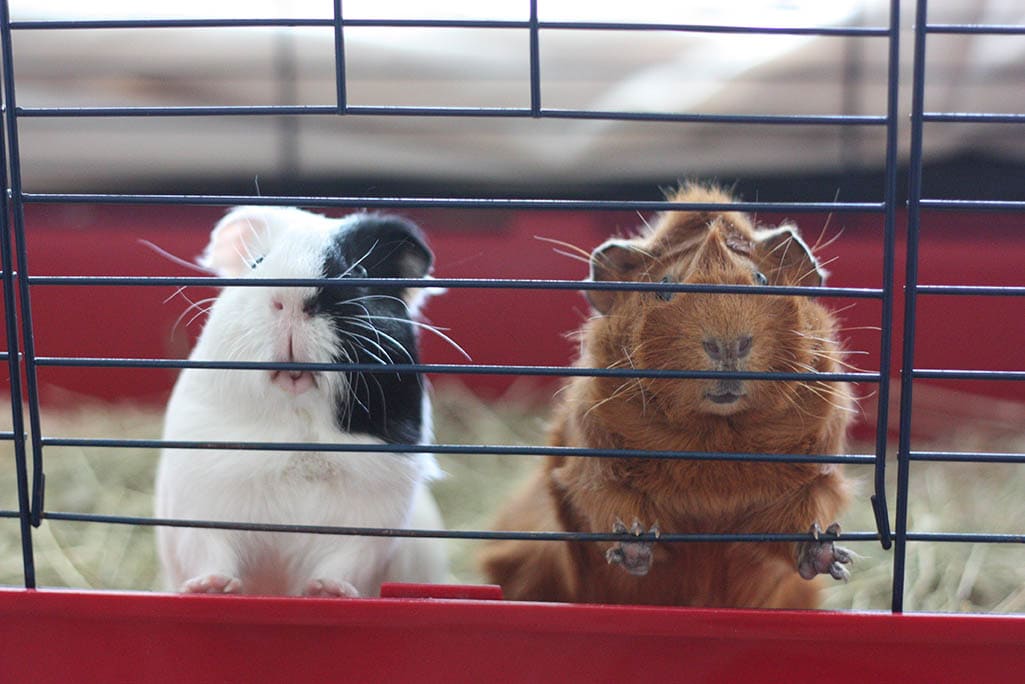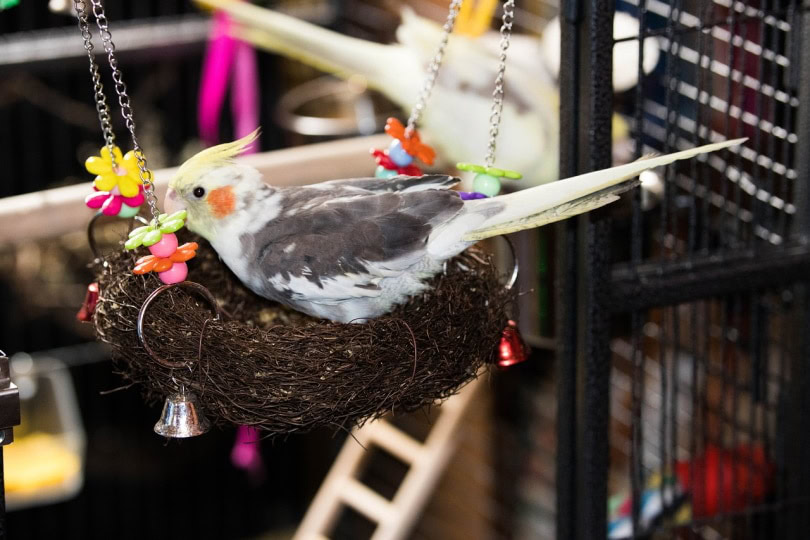VET APPROVED

The information is current and up-to-date in accordance with the latest veterinarian research.
Learn more »Anteaters aren’t the first on your list of possible pets, most likely. While many exotic animals have crossed the line into the mainstream, they are secure in their place on the fringes. Many individuals like the challenge that they offer.
There are four species of this exotic animal. The Giant Anteater is the one you’ll most likely see in zoos but not on the pet circuit because of its conservation status.1 Anteaters sold as pets include the Silky Anteater, Southern Tamandua, and Northern Tamandua. The Tamanduas weigh up to 20 pounds (9 kg), whereas the Silky reaches about 1 pound (0.4 kg) as an adult.
The fact remains that anteaters aren’t on everyone’s radar for a reason, or, lest we say, several reasons. They are not the easiest pets to raise, and getting one is only the first of several challenges that you’ll face when you decide to invite one into your home. Knowing the facts upfront is the best thing you can do to make sure that an anteater is a fit for your household, lifestyle, and budget!

In some jurisdictions, owning an anteater might be against the law. In other places, keeping them as a pet might require a license. Always check local rules and regulations before adopting any exotic pet.
The content provided in this article is for informative purposes only. At Pango Vet, we do not recommend keeping anteaters as pets.

The 10 Things to Know Before Getting an Anteater
1. Anteaters Aren’t Cheap
Pets come with responsibilities and financial obligations. You may pay anywhere from $2,000—$5,000 for an anteater. The best pets are offspring from tame parents that are hand-raised. That costs sellers time and money, which you have to figure in the price for this pet.
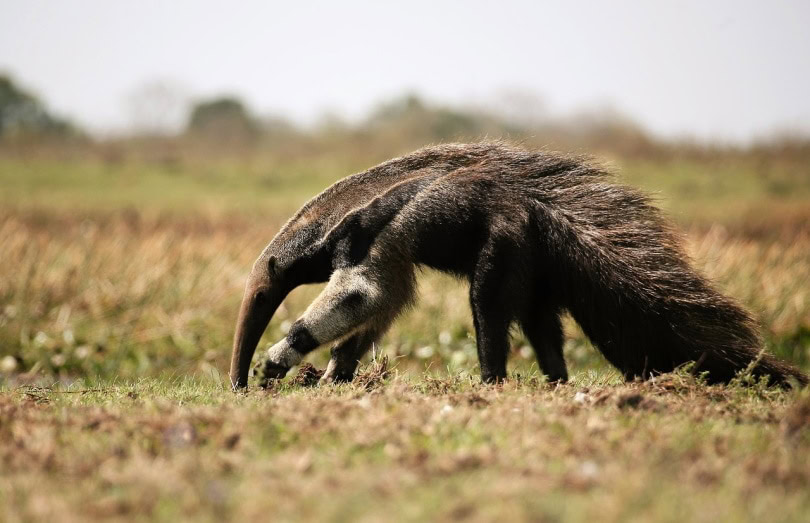
2. You May Need a Special Permit to Own One
Surprisingly, several exotic species are legal to own, depending on where you live. Before you start shopping the want ads, we strongly urge you to check the state, county, and municipal laws and regulations in your area. Some places ban them or require you to get a permit.
3. Anteaters Are (Usually) Nocturnal
Anteaters live in the dry, dense woodlands and ancient rainforests of South America. They’ll sleep all day and wake up ready for action. Their unique body shape belies the fact that anteaters are agile, and their prehensile tails allow them to enjoy their arboreal habitat.
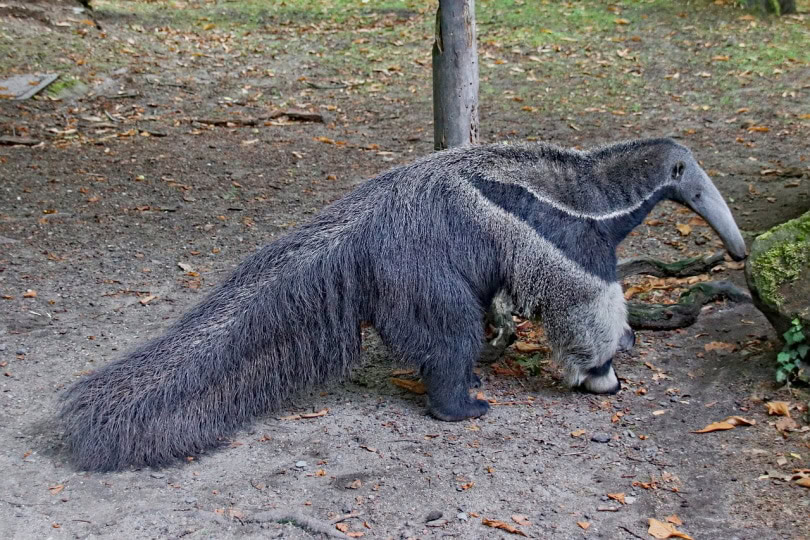
4. Anteaters Aren’t Beginner Pets
Owning an anteater is difficult, from finding one to setting up its living quarters to feeding it. They require a lot of attention. Did we mention their claws? They use them to find food by ripping apart termite mounds, and if you let them inside your home, they may destroy your furniture.
5. Then, There Is Their Diet
Although anteaters love ants, there are some other conventional substitutes that you can find online or at your local pet store. You can start by offering your anteater ground meat, commercial dry dog food, hard-boiled eggs, and other high-protein sources. You will need to blend the food so that your pet can eat it.
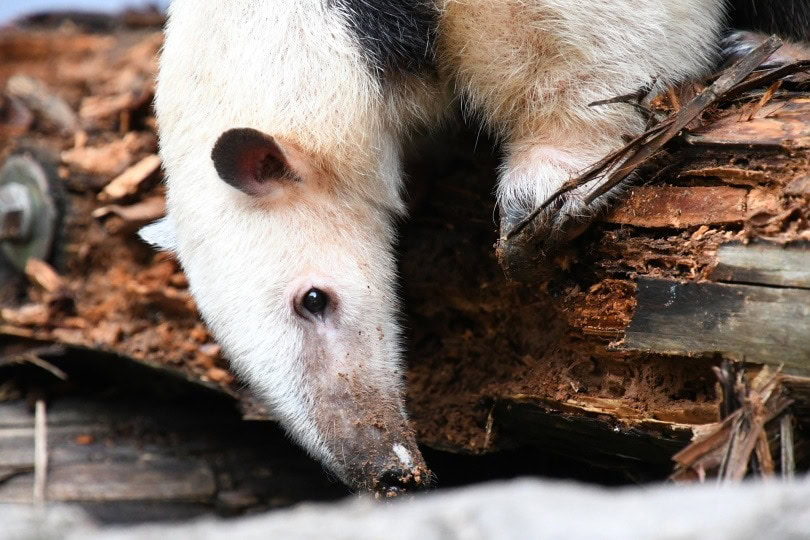
6. Veterinary Care Is an Issue
Another challenge is finding a veterinarian who will treat your anteater. You’ll likely have better luck in an urban area instead of a rural or suburban community. If you live near a veterinary college, you might inquire there. Another option is to contact the nearest zoo for a lead. However, don’t ignore this essential part of your pet’s care.
7. They Stink
Unfortunately, anteaters aren’t always pleasant to be around. Although they’re not related to skunks, they use a similar, more potent odoriferous defense when threatened. Adding to these woes is that you probably won’t have luck housebreaking your pet. That’s a problem since anteaters mark their territories.
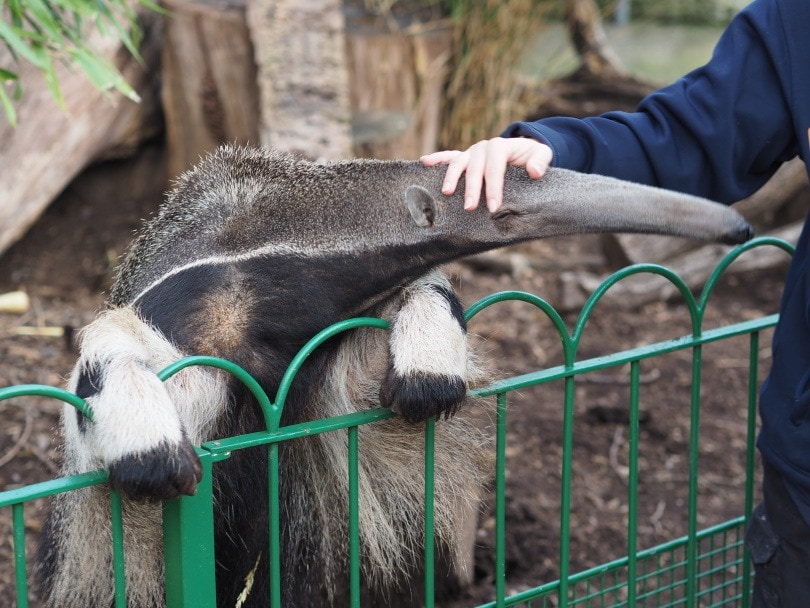
8. They Have Special Requirements for a Living Space
Anteaters need a lot of space, especially if their living quarters are the only place they play. To replicate their habitat in the wild, they’ll need trees or playground equipment. Remember that they spend most of their time in the trees. Of course, they will forage on the ground and come to the food bowl when you feed them. Your anteater must have a temperature-controlled environment with plenty of hiding places.
9. Anteaters Are Susceptible to Respiratory Illnesses
Their susceptibility to respiratory conditions makes finding a veterinarian imperative. As tropical animals, anteaters don’t tolerate drafty conditions well, which is why we emphasized the specialized living quarters. They can also develop dry skin.
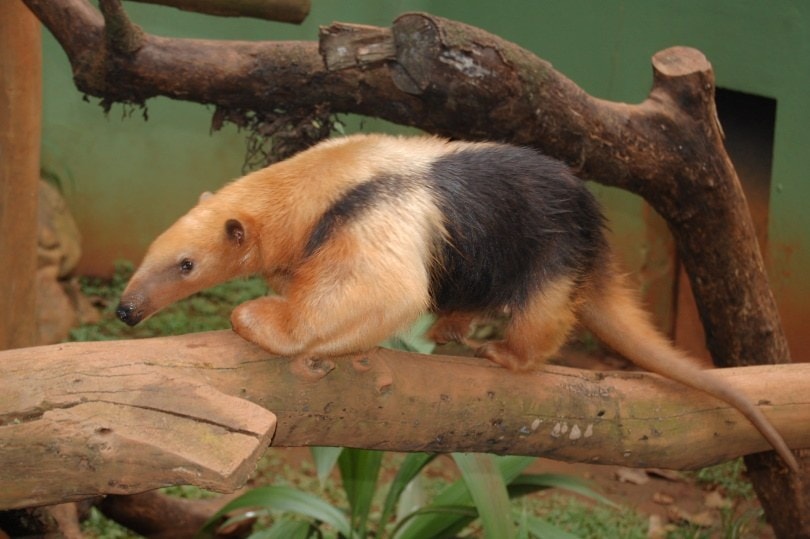
10. Anteaters Are Wild Animals
When all is said and done, anteaters are wild animals. Humans domesticated dogs over 19,000 years ago, but your pet anteaters may just have a few generations with people under their belts. It’s worth noting that an anteater is still hard-wired to act instinctively, which may run afoul of other members of your household, including pets. After all, they aren’t social creatures.


Conclusion
While anteaters have a certain charm, they are not pets for everyone. They require a significant investment in time, money, space, and tolerance. If you have the inclination and willingness to get one, you’ll find it a rewarding experience, especially if you take the time to bond with your pet. You may even find that it enjoys walks around town, just like Salvador Dali’s anteaters did.
- Find out more about potential exotic pets: Do Otters Make Good Pets?
Featured Image Credit: joelfotos, Pixabay
Contents
- The 10 Things to Know Before Getting an Anteater
- 1. Anteaters Aren’t Cheap
- 2. You May Need a Special Permit to Own One
- 3. Anteaters Are (Usually) Nocturnal
- 4. Anteaters Aren’t Beginner Pets
- 5. Then, There Is Their Diet
- 6. Veterinary Care Is an Issue
- 7. They Stink
- 8. They Have Special Requirements for a Living Space
- 9. Anteaters Are Susceptible to Respiratory Illnesses
- 10. Anteaters Are Wild Animals
- Conclusion
